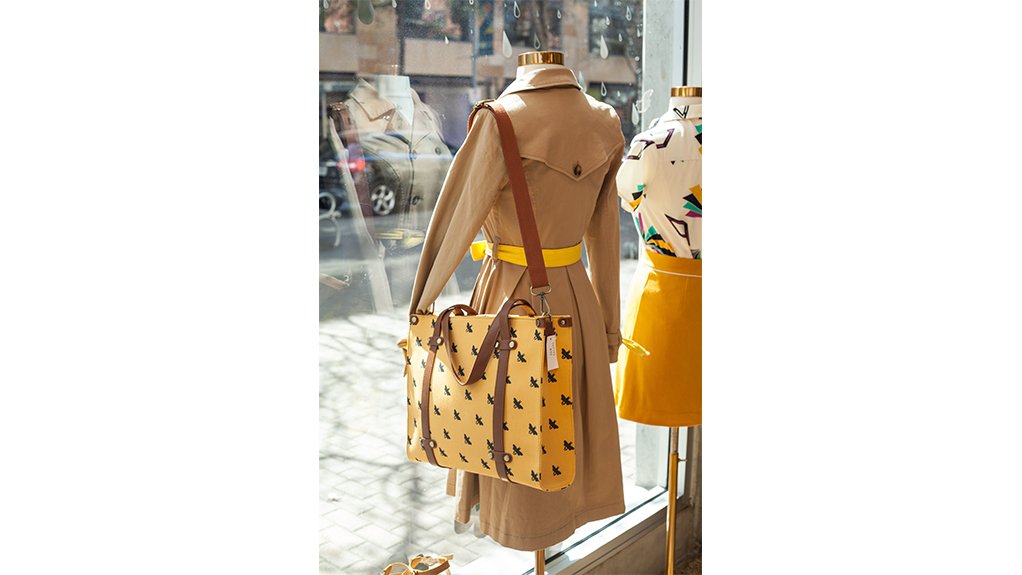While the South Africanretailsector is showing signs of recovery, factors such as fuel costs, inflation and a change in consumer habits throughout the pandemic have led to consumers’ frequenting strip malls more often than larger malls.
“We are seeing a host of new retaildevelopments coming to the fore. The majority of these are smaller strip malls, the kind of places where you can park out front and just walk in, conveniently located in bustling community areas,” says commercial real estate agency Galetti Corporate Real Estate CEO John Jack.
As a result, landlords of larger malls will have to provide more incentives to draw consumers.
Jack explains that while grocery delivery applications, such as Checkers Sixty60, have attracted many consumers, South Africa is still a cash-heavy nation battling the digital divide. As such, shoppers are frequentingstrip malls.
These malls are, predominantly, easily accessible, “close to home” and have everything customers require in one location, which saves time and petrol. They also serve as a place to go to during load-shedding.
Further, throughout much of the pandemic, consumers started to frequent strip malls more than larger malls, owing to safety concerns, mall capacity restrictions and restricted movement in general.
Owing to the recent fuel price increases, consumers are reluctant to spend any more money than is necessary to get what they need, resulting in consumers’ continuing to frequent strip malls, explains Jack.
These factors, combined with inflation and the rising cost of living, could mean additional challenges for the slowly recoveringr etail sector.
Therefore, landlords need to draw shoppers back into the larger malls’ physical stores through emphasising the experience and convenience of such malls such as the ability to instantly try on clothes, eating at restaurants between shopping and using the attractions to entertain children while parents run errands.
Landlords should also offer incentives that entice consumers to shop at their premises. These include free parking, as well as hosting pop-up events orsmaller situational experiences that consumers can photograph for social media, therefore creating unpaid marketing for the centre.
Jack adds that an investor update, released by property management company Growthpoint in June this year, noted that value fashion stores, such as Mr Price, Cotton On and H&M, attracted many consumers and contributed to significant traffic in shopping centres overall during the past year.
“Galetti has observed the same trend in ourretaillistings, and we would encourage landlords to capitalise on this – go afterretail tenants that cater to the shopping preferences of local consumers, particularly those between the ages of 20 and 30 with a disposable income, as popular brands will bring the majority of traffic into your stores,” concludes Jack.
Edited by: Zandile Mavuso
Creamer Media Senior Deputy Editor: Features
EMAIL THIS ARTICLE SAVE THIS ARTICLE
ARTICLE ENQUIRY
To subscribe email subscriptions@creamermedia.co.za or click here
To advertise email advertising@creamermedia.co.za or click here













